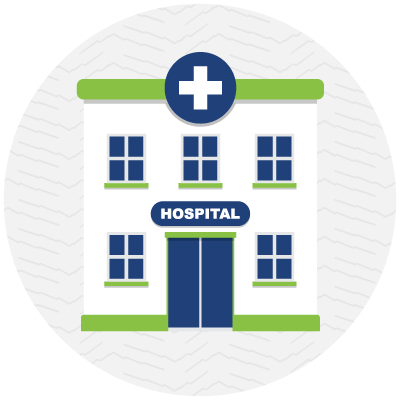
Myth 1: Varicose vein treatment requires invasive surgical stripping.
Modern vein therapy, like many medical therapies and procedures, has become minimally invasive. Procedures are most often performed in a clinic and patients go home, back to work, or even shopping or out to lunch immediately afterwards depending on the procedure and the patient. In the dark historical days of varicose vein therapy, the mainstay of vein treatment was a surgical procedure called “vein stripping” which was performed by making large incisions along the length of vein to be removed.
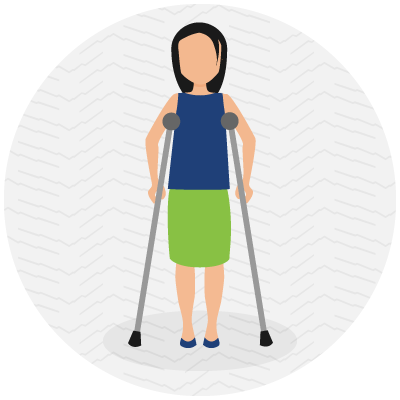
Myth 2: Recovery from varicose vein treatment is difficult.
Most patients are pleasantly surprised about their gentle recovery following vein procedures. Patients are encouraged to walk and stay active after treatment although strenuous activities such as running and weight lifting are discouraged. Most patients return to work and household duties the day after and occasionally the day of treatment.
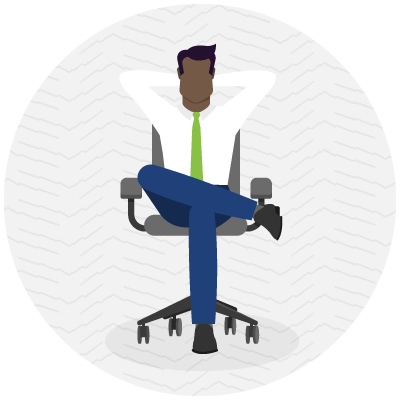
Myth 3: Crossing your legs causes varicose veins.
Crossing your legs does not cause varicose veins. When people cross their legs, it can temporarily obstruct venous flow and exacerbate symptoms producing the false assumption that crossing your legs is the cause of the varicose veins. There are risk factors that contribute to the development of varicose veins that are mentioned below, but first we need to go over what really causes varicose veins.
- Genetics: Almost 50% of varicose vein patients have a family history of varicose veins.
- Genetics: If both parents have varicose veins, the chance of a child to developing venous disease during his or her life is close to 90%.
- Genetics: If one parent is affected, daughters have a 60% chance while sons have a 25% chance of developing the disease.
- Female: The prevalence of varicose veins is greater in women (55%) compared to men (45%).
- Increasing Age: It is estimated that 41% of women over the age of 50 have varicose veins and 50% of the US population over 50 years old has varicose veins.
- Obesity: Women who are moderately overweight (BMI 25-29.9) have a 50% increased risk of developing varicose veins compared to women who are not overweight. Women with a BMI greater than 30 are three times as likely to develop varicose veins.
- Pregnancy: Women are 21-32% more likely to have venous insufficiency if they have been pregnant than those who have not when matched for age.
- Pregnancy: More than 70% of women have some evidence of venous disease during pregnancy.
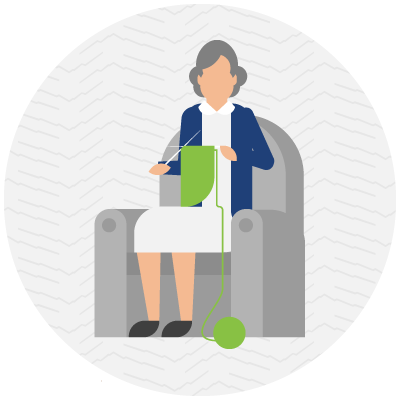
Myth 4: Only grandmas get varicose veins.
Varicose vein patients come in all ages, shape, size, race, and gender. Admittedly when most people think of someone with varicose veins, they think of their grandmother or great aunt who had “bad veins” or who never wore shorts or shorter skirts because they were embarrassed about their bulging, rope-like varicose veins.
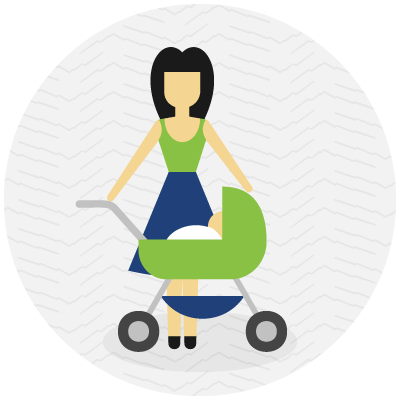
Myth 5: Wait until you are finished having children for varicose vein treatment.
“Should I wait?” is one of the most common questions we are asked at IVC by young mothers hoping to have another kid or two. Our answer is an emphatic no.
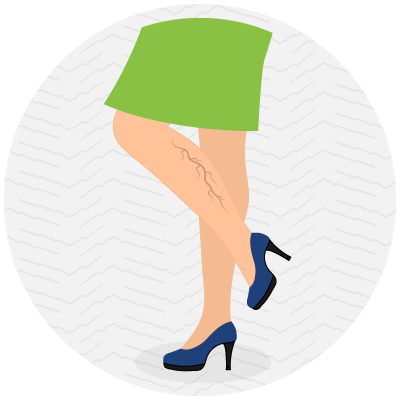
Myth 6: Varicose veins are only a cosmetic issue.
If you have read any of the above, you will agree that varicose veins and cosmetic probably should not be used in the same sentence. Varicose vein treatment is medically necessary and improves lives. Fortunately, years of medical research and insurance companies agree.
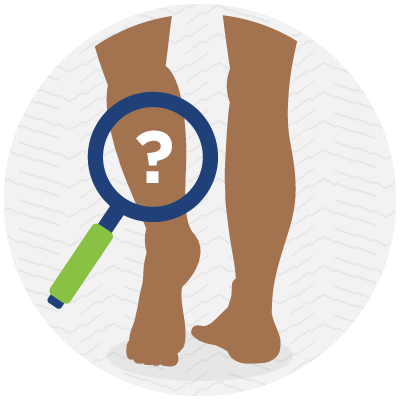
Myth 7: Varicose veins are always visible.
Varicose veins are not always visible. While visible bulging veins are most often an obvious sign of venous insufficiency, studies have shown that although half of the adult population have minor signs and symptoms of venous disease (women 50-55%, men 40-50%), fewer than half of these patients will have visible varicose veins (women 20–25%; men 10–15%). There are specific symptoms that indicate there may be underlying vein disease, termed chronic venous insufficiency. These symptoms include leg pain, aching, pressure, itching, leg heaviness, leg swelling, skin changes, superficial venous blood clots, ulceration and restless leg syndrome.
- Visible unsightly veins
- Leg pain or aching without other explanation
- Leg pressure or heaviness
- Skin Iitching
- Leg swelling or edema
- Tired, easily fatigued legs
- Spontaneous bleeding from a varicose vein
- Skin changes including pigmentation or thickening
- Superficial venous blood clots
- Ulceration
- Restless leg syndrome



